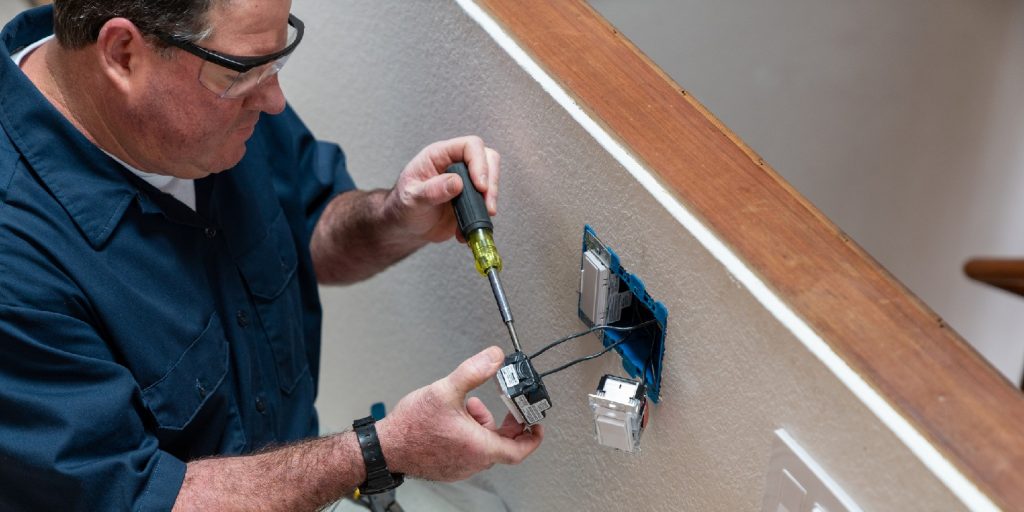5 Tips for Installing an Electrical Box In Your Home

Installing an electrical box in your home can be intimidating, but with a little guidance, you can do the job correctly and safely. There can be dangerous consequences from faulty wiring. Properly installing an electrical box ensures your home’s wiring runs safely and smoothly. This post will give you five tips to ensure your successful installation process.
From choosing the right type of electrical box to determining the power flow route, we’ll ensure you have all the information you need to complete your project safely and correctly. So, let’s get started.
Safety Considerations
Before beginning work on your electrical box installation, it is important to know the safety guidelines set by the National Electrical Code (NEC). All residential and commercial outlet boxes must be attached to a structural support member, such as a wall stud, floor joist, or ceiling rafter, to bear the weight of any wires or fixtures. Keep outlet boxes within a certain distance from other boxes and securely fasten them to prevent any short circuits from occurring.
It is also essential to ensure your equipment is properly grounded and safely encloses all wires in the conduit before installing any outlets or switches. Ensure you have all the necessary tools and supplies before beginning work. Always approach any electrical work with caution and pay attention to any local building codes that apply in your area.
Tips
Preparation
Before you begin your installation work, take accurate measurements of the space where you mount your electrical box using a measuring tape. Accurately measurements will help you cut an appropriate size opening to fit your box without oversizing or under sizing it. There isn’t any plumbing or HVAC ductwork near where you’ll place your box.
Selecting a Wall Stud
One of the most important steps during an electrical box installation is selecting an appropriate wall stud for mounting the outlet box onto – this will ensure that the box remains securely mounted in place for years to come. You must use a stud finder (or another tool) to identify the wall stud behind your chosen installation space. If multiple studs are present, select one in the center for added stability during mounting.
Cutting an Opening for the Box
Once you’ve identified your wall stud, use a saw to carefully cut out an opening large enough for your electrical box. Typically, this will require a saw blade with 24 teeth per inch. If possible, ensure there are seams near where you will be cutting. These can weaken the structural integrity of your wall. Hence, they appear seamless after the installation.
Installing the Box
Once you have successfully cut an opening large enough for your electrical box, carefully insert it into place and secure it using mounting hardware provided by its manufacturer. Most boxes feature pre-drilled holes for sufficient fastening onto their chosen stud. If there aren’t any pre-drilled holes, drill some before attaching screws into place. Make sure you tighten all screws so there is no give when pressing against the outlet box itself – additionally, test it by gently shaking it after securing it to ensure it is secure.
Finishing Up
Once you have successfully installed your outlet box onto its chosen stud and all screws are adequately tightened, use some non-shiny drywall compound around any seams between it and the surrounding drywall. Make sure to sand down any sharp edges as they could cause an injury while working around them in future tasks. Once everything is seamless around your new outlet box, thoroughly inspect all connections within its interior and connect any wires as needed before flipping its switch back on. Additional plastic covers may also need to be added after the wiring is complete, so make sure they are secure before moving on to other projects within your home.
Conclusion
Considering all of these steps during an electrical box installation project in your home, you can rest assured knowing that everything is up to NEC guidelines. However, use caution when dealing with any electricity, and never tackle anything outside of what you’re comfortable completing alone!
